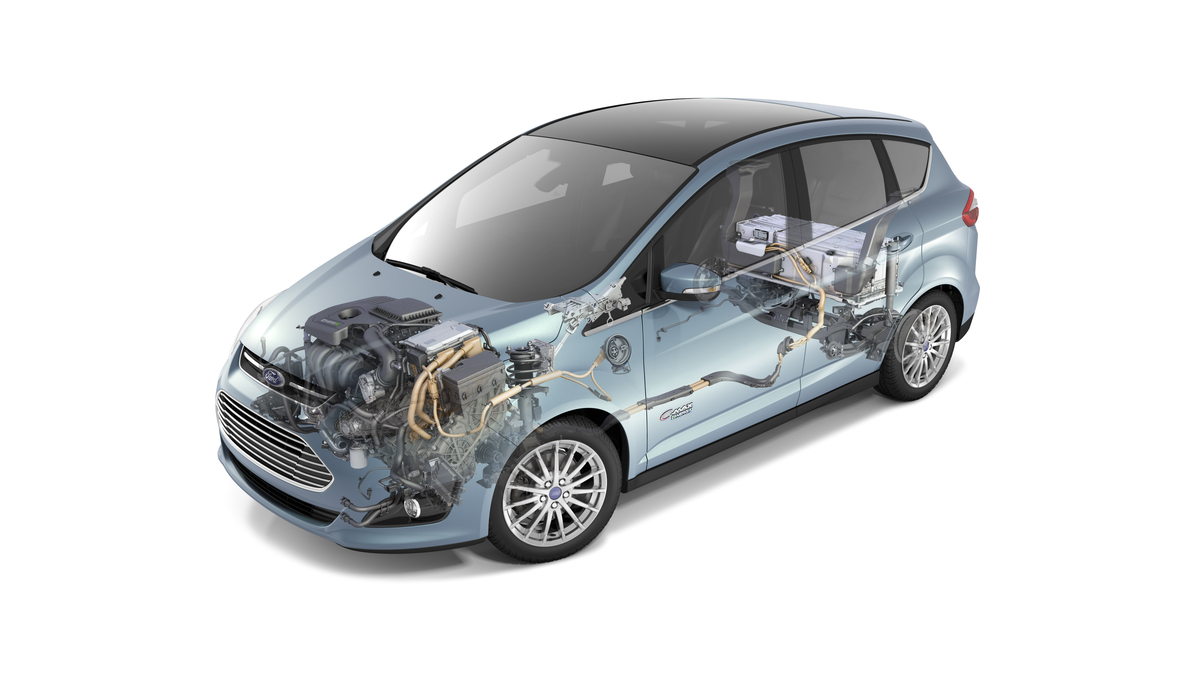Ford: Our EVs Play Well with Smart Appliances
Ford has orchestrated a demonstration at the Consumer Electronics Show to show how plug-in vehicles and smart appliances can save money by charging during sleeping hours.

The automaker today announced the MyEnergi Lifestyle collaboration with different companies, including appliance maker Whirlpool and solar panel maker SunPower, to emphasize the benefits of connected appliances and off-peak charging.
Plug-in carmakers–and any utilities they might partner with–have an interest in encouraging off-peak charging, or filling up a battery at night when the demand on the electricity grids slows down substantially. When charging, electric vehicles can draw more than power-hungry appliances, such as air conditioners, and much more if a higher-voltage circuit is used.
Ford has compiled a database of U.S. utilities’ off-peak charging rates, which it made available to Whirlpool and its other collaboration partners. Electric vehicles chargers and smart appliances can connect to the Internet with a home broadband connection to access the information and charge when lower rates come into effect, typically in the late evening and overnight hours.
Just scheduling one appliance, such as the dishwasher or hot water heater, for lower rates won’t save consumers much money, but it will if an electric vehicle is included with the appliances, says Mike Tinskey, the associate global director of vehicle electrification and infrastructure at Ford.
“As we move to electrification, you could say that the auto OEMs are a catalyst for much of this because (EVs) will be the largest discretionary use of energy,” Tinskey says. “A lot of technology is evolving because there is a business case to charge at night.”
An electric car owner could simply put a car charger on a timer, but a cloud-based service is easier for consumers because off-peak hours could be different depending on the season, for example. That would require manually reprogramming the schedule, he says. Many states in the U.S. don’t have time-of-use rates but many locations in California, one of the prime markets for electric cars, do.
Ford worked with Georgia Tech to model the savings of a home optimized to take advantage of these off-peak rates. It found that if a home was equipped with five-kilowatts worth of solar panels, a ten-year old car was replaced with a plug-in, and ten-year-old appliances wered upgraded to more efficient ones, the energy reduction would be on the order of 55 percent.
Keep Reading
Most Popular
Large language models can do jaw-dropping things. But nobody knows exactly why.
And that's a problem. Figuring it out is one of the biggest scientific puzzles of our time and a crucial step towards controlling more powerful future models.
The problem with plug-in hybrids? Their drivers.
Plug-in hybrids are often sold as a transition to EVs, but new data from Europe shows we’re still underestimating the emissions they produce.
How scientists traced a mysterious covid case back to six toilets
When wastewater surveillance turns into a hunt for a single infected individual, the ethics get tricky.
Google DeepMind’s new generative model makes Super Mario–like games from scratch
Genie learns how to control games by watching hours and hours of video. It could help train next-gen robots too.
Stay connected
Get the latest updates from
MIT Technology Review
Discover special offers, top stories, upcoming events, and more.